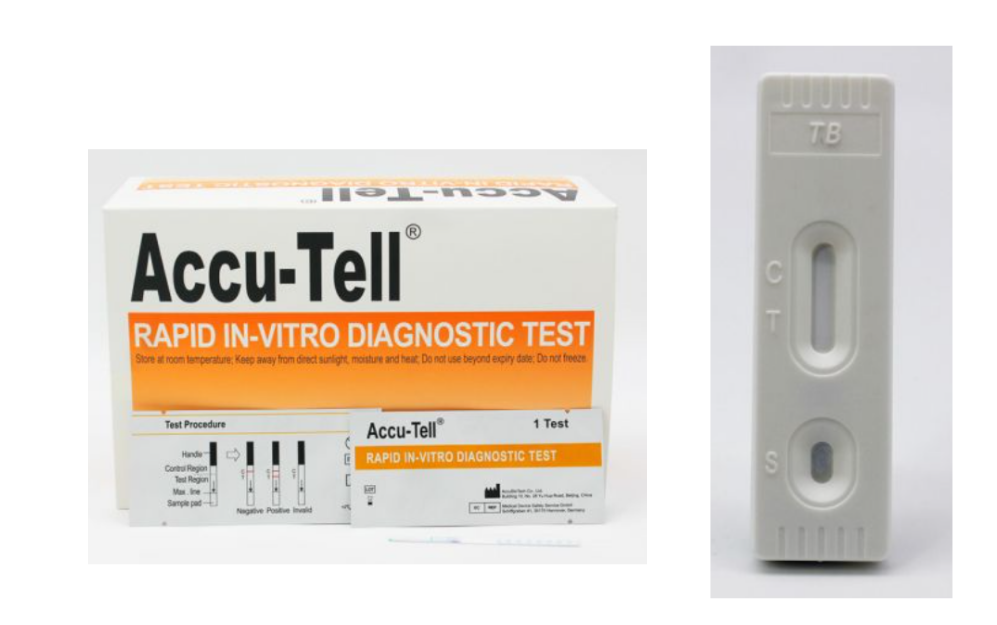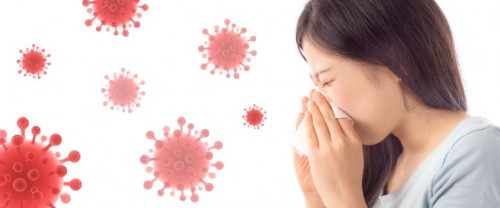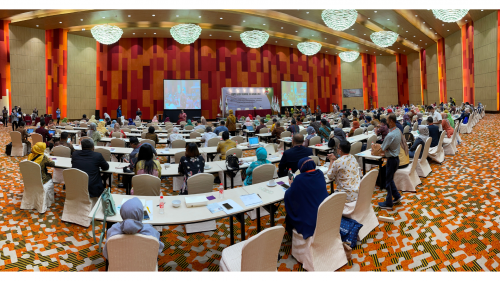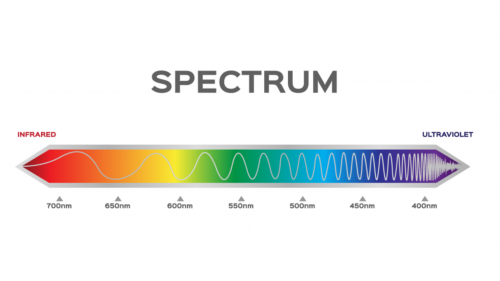March 24th is observed as World Tuberculosis Day. Tuberculosis is caused by Mycobacterium tuberculosis and can be transmitted through droplets. The World Health Organization (WHO) reports that more than 8 million new cases of active tuberculosis are diagnosed each year. Timely diagnosis is essential for TB control, as it provides early initiation of therapy and limits further spread of infection. ACCU-TELL® TB Cassette (Whole Blood/Serum/Plasma) is a rapid test chromatographic immunoassay for the qualitative detection of anti-TB antibodies (IgG, IgM and IgA isotypes) in whole blood, serum or plasma specimens.
TB can attack anyone. Even the transmission is quite easy, which occurs through the air. When people with active TB splash mucus or phlegm when coughing or sneezing, the TB bacteria will come out through the mucus and be carried into the air. Furthermore, the TB bacteria will enter other people's bodies through the air they breathe.
What is Tuberculosis?
Tuberculosis or often called TB is an infectious disease caused by the bacteria Mycobacterium tuberculosis that enters the body through breathing. TB is characterized by symptoms such as coughing, sometimes accompanied by phlegm or blood, chest pain, weakness, weight loss, fever and night sweats. TB most often attacks the lungs and can cause serious damage to the lungs and other organs.
When a person inhales TB bacteria, the bacteria can settle in the lungs and begin to grow. From there, the TB bacteria can travel through the blood to other parts of the body, such as the kidneys, spine, and brain.
According to the CDC, there are four main factors that determine the likelihood of TB transmission:
- A person's vulnerability, depending on the condition of his immune system
- How many droplets (splashes of phlegm) M. tuberculosis bacteria that come out of the body
- Environmental factors that can affect the number of droplets and the ability to survive M. tuberculosis in the air
- Proximity, duration, and how often a person is exposed to M. tuberculosis bacteria in the air
The World Health Organization (WHO) reports that more than 8 million new cases of active tuberculosis are diagnosed every year. So timely diagnosis is very important for TB control, as it provides early initiation of therapy and limits further spread of infection. Several diagnostic methods for detecting tuberculosis have been used over the years including skin tests, sputum smears, and sputum cultures and chest X-rays. But all of these methods have some limitations.
Newer tests, such as PCR-DNA amplification or interferon-gamma assays, have recently been introduced. However, the turnaround times for these tests are long and require laboratory equipment and skilled personnel, and some are not cost-effective or easy to use. This test is also expensive and impractical for developing countries. Serological methods are an attractive alternative, because TB serodiagnosis is simple, inexpensive, relatively non-invasive, and does not depend on the detection of mycobacteria.
How To Detect TB Accurate and Fast?
ACCU-TELL® TB Cassette (Whole Blood/Serum/Plasma) is a rapid test chromatographic immunoassay for the qualitative detection of anti-TB antibodies (IgG, IgM and IgA isotypes) in whole blood, serum or plasma specimens. This test uses a combination of recombinant antigens to detect elevated levels of anti-TB antibodies in whole blood, serum or plasma specimens. The ACCU-TELL test cassette contains particle-coated TB recombinant antigen and membrane-coated TB recombinant antigen.

Picture 1. Product ACCU-TELL® TB Cassette (Whole Blood/Serum/Plasma)
During testing, if anti-TB antibodies are present in whole blood, serum or plasma samples, they will react with the particles coated with the recombinant TB antigen. The mixture will then migrate up the membrane chromatographically by capillary action to react with the recombinant TB antigen on the membrane and produce a colored line. The formation of a colored line in the test area indicates a positive result, whereas if it does not form a colored line indicates a negative result.
The ACCU-TELL® TB Cassette (Whole Blood/Serum/Plasma) has been calibrated against specimens collected from individuals who were found to be smear positive/negative or culture positive/negative. The results showed that the relative sensitivity of the ACCU-TELL® TB Cassette (Whole Blood/Serum/Plasma) was 83.8%, relative specificity 98.8% and relative accuracy 95.7%.

Picture 2. Performance Characteristic
Relative Sensitivity: 88/105=83.8% (95%CI*: 75.3%~90.3%);
Relative Specificity: 405/410=98.8% (95%CI*: 97.2%~99.6%);
Relative Accuracy: (88+405)/(88+17+5+405)=493/515=95.7%
(95%CI*: 93.6%~97.3%).
PT Isotekindo Intertama is the official distributor of ACCU-TELL® TB Cassette (Whole Blood/Serum/Plasma) products which are official and registered with the Ministry of Health.
Reference:
Centers for Disease Control and Prevention. (2016). How TB Spreads.
World Organization Health. Tuberculosis.
KCNV. What is Tuberculosis?
Pusat Peragaan Ilmu Pengetahuan dan Teknologi BRIN. (2020). Hari Tuberkulosis Sedunia.






